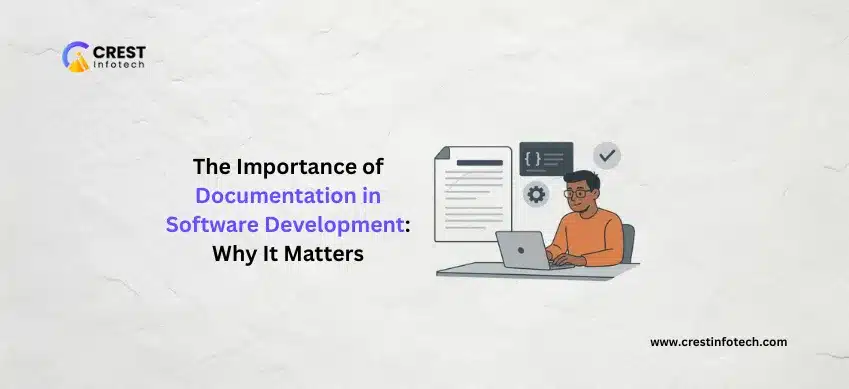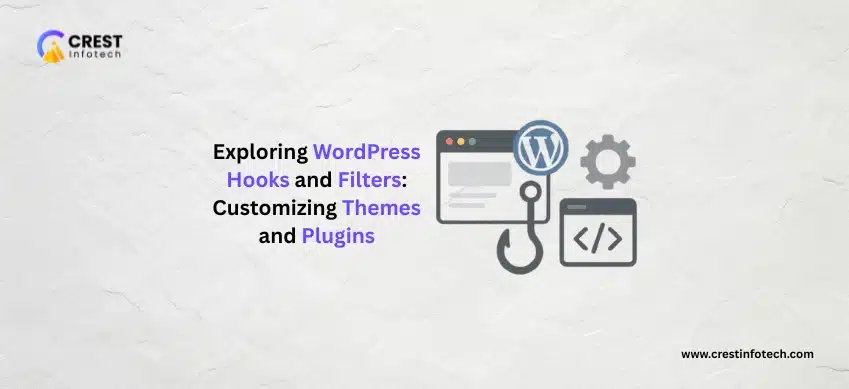Clear and effective documentation is a cornerstone of successful software development. It improves collaboration, ensures long-term maintainability, and reduces misunderstandings between teams and stakeholders. Here are key reasons why documentation matters and how to approach it effectively.
1. Improves Team Collaboration
Good documentation acts as a shared knowledge base for developers, testers, and stakeholders.
- Provides clear guidelines for coding standards and practices
- Ensures smooth onboarding for new team members
- Reduces reliance on verbal communication
- Creates consistency across distributed teams
2. Enhances Knowledge Transfer
Documentation captures critical information that outlives individual contributors.
- Onboarding: Helps new developers get up to speed quickly
- Maintenance: Makes it easier to understand and update old code
- Handoffs: Reduces risks when team members leave
- Training: Provides reference material for ongoing learning
“Code tells you how it works, but documentation tells you why it works that way.”
3. Supports Better Project Management
Clear documentation helps keep projects aligned and transparent.
- Outlines goals, requirements, and project scope
- Defines workflows, responsibilities, and dependencies
- Improves communication with stakeholders and clients
- Reduces ambiguity in decision-making
4. Improves Software Quality and Maintenance
Well-documented systems are easier to maintain, debug, and extend.
- API documentation helps developers integrate services efficiently
- Code comments explain logic and reduce errors
- Architecture diagrams simplify understanding of system flow
- User guides improve adoption and usability
5. Ensures Compliance and Reduces Risks
In regulated industries, documentation is not just best practice—it’s mandatory.
- Maintains compliance with industry standards and legal requirements
- Provides audit trails for critical decisions
- Protects organizations from knowledge loss
- Supports security policies and disaster recovery plans
“Thorough documentation is an investment in stability, security, and trust.”
Final Thoughts
Documentation is more than a formality—it is a strategic asset that boosts collaboration, quality, and long-term sustainability. By prioritizing clear, accessible, and up-to-date documentation, software teams can minimize risks, empower developers, and deliver better outcomes for businesses and users alike.



